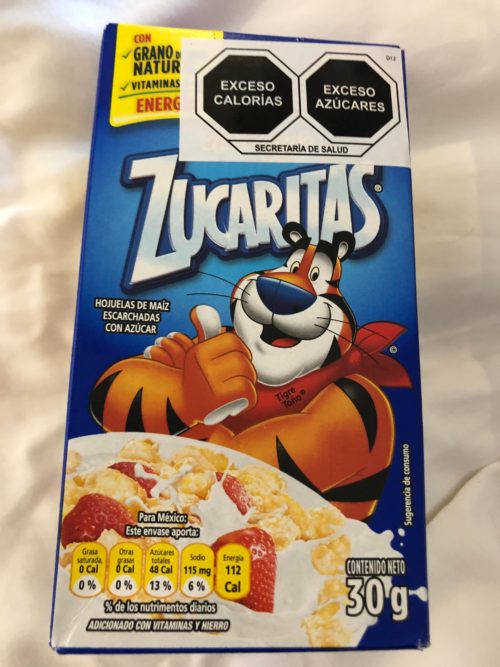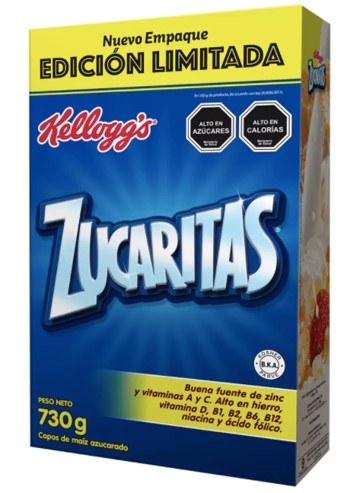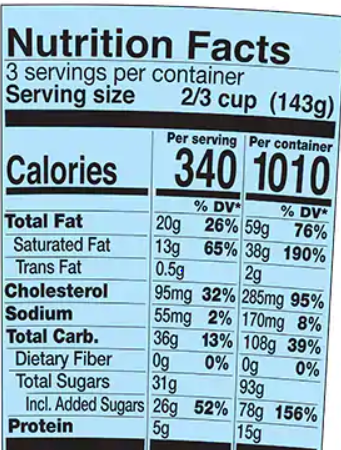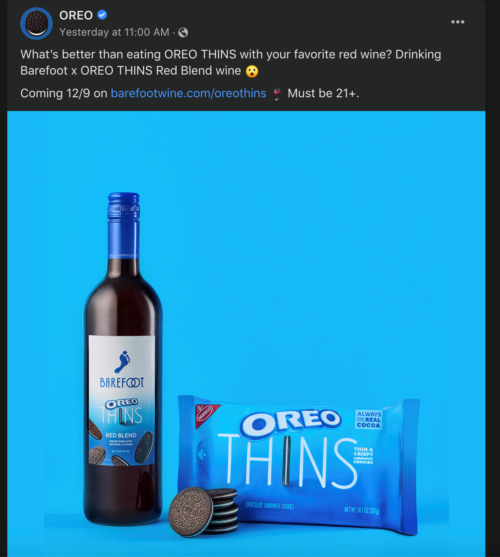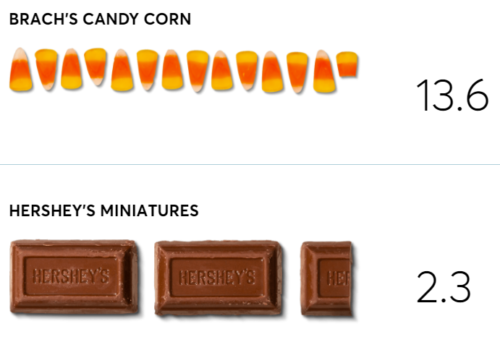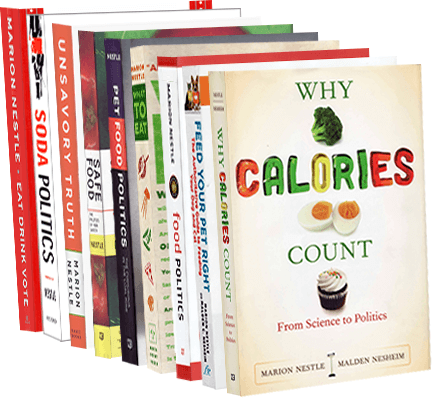Industry-sponsored study of the week: Sugars!
Here’s a good one for my collection:
The Study: TRENDS IN ADDED SUGARS INTAKE AND SOURCES AMONG U.S. CHILDREN, ADOLESCENTS AND TEENS USING NHANES 2001-2018. Laurie Ricciuto,Victor L. Fulgoni III, P. Courtney Gaine, Maria O. Scott, Loretta DiFrancesco. The Journal of Nutrition, Volume 152, Issue 2, February 2022, Pages 568–578, https://doi.org/10.1093/jn/nxab395
- Background: Over the past 2 decades, there has been an increased emphasis on added sugars intake in the Dietary Guidelines for Americans (DGA), which has been accompanied by policies and interventions aimed at reducing intake, particularly among children, adolescents, and teens.
Objectives: The present study provides a comprehensive time-trends analysis of added sugars intakes and contributing sources in the diets of US children, adolescents, and teens …focusing on variations according to sociodemographic factors.
-
Methods: Data from 9 consecutive 2-year cycles of the NHANES were combined…Trends were also examined on subsamples stratified by sex, race and ethnicity…income (household poverty income ratio), food assistance, physical activity level, and body weight status.
-
Results: From 2001–2018, added sugars intakes decreased significantly…mainly due to significant declines in added sugars from sweetened beverages.
- Conclusions: Declines in added sugars intakes were observed among children, adolescents, and teens…Despite these declines, intakes remain above the DGA recommendation; thus, continued monitoring is warranted.
- Support: The funding for this research was provided by The Sugar Association, Inc. The views expressed in the manuscript are those of the authors and do not necessarily reflect the position or policy of The Sugar Association, Inc. The Sugar Association, Inc. had no restrictions regarding publication.
- Author Disclosures: LR and LD as independent consultants provide nutrition and regulatory consulting to various food manufacturers, commodity groups and health organizations. VLF III as Vice President of Nutrition Impact, LLC conducts NHANES analyses for numerous members of the food, beverage and dietary supplement industry. PCG and MOS are employed by The Sugar Association, Inc.

